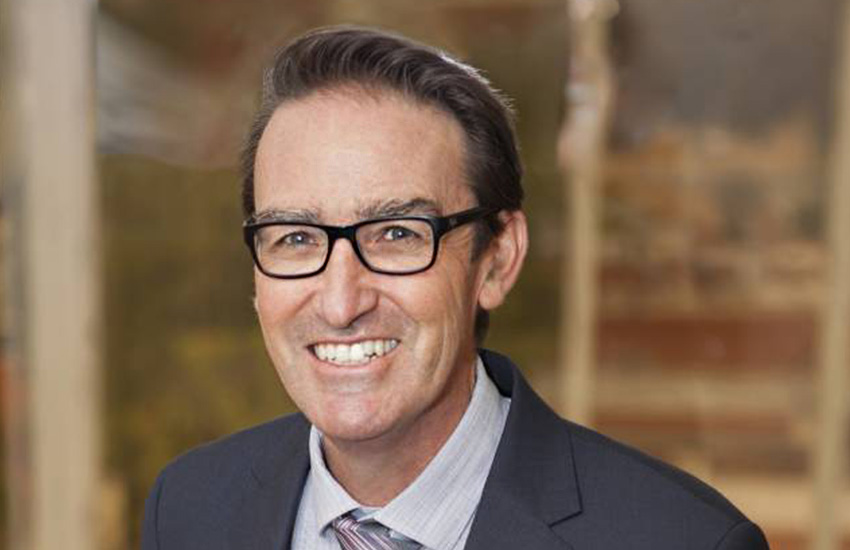Treasury forecasts wage cuts following superannuation increase
SuperFuture increases to the superannuation guarantee are forecast to come at the expense of wages growth, says the Treasury secretary.

Treasury secretary Steven Kennedy told Senate estimates on Tuesday morning up to 80 per cent of future superannuation guarantee increases are forecast to come at the cost of workers’ wage growth.
Dr Kennedy said that as each 0.5 percentage point increase takes hold of the superannuation guarantee, wages growth would fall 0.4 percentage points every year.
“Increases in the super guarantee get reflected into our wages forecasts,” Dr Kennedy said. “Obviously they’re still people’s earnings but they go into super and they lower the wages forecasts.”
Between July 2021 and July 2025, the superannuation guarantee is set to rise from 9.5 per cent of gross wages to 12 per cent.
Meanwhile inflation is expected to exceed nominal wages growth through the 2020-21 and 2021-22 financial years before they’re forecast to equal inflation in 2022-23 and 2023-24. Positive real wages growth isn’t expected to return until the 2024-25 financial year.
While this year’s increase has been legislated for some time, the Minister for Superannuation, Financial Services and the Digital Economy, Jane Hume wavered on whether the increase could be held back by further delays as recently as March.
Speaking to ABC News Breakfast, Ms Hume said the SG would come “at a cost” and could result in slowed wage growth.
“Money doesn’t grow on trees and there is a good chance that if there is an additional cost to employers when they pay that extra 0.5 [of a percentage point] that it will come at the expense of potentially wage rises in the future,” Ms Hume said.
“The Prime Minister has said that he will assess the situation closer to the time based on the best information available to him at the time, the best economic information available to him at the time.”
Ahead of the superannuation guarantee increase set to take effect on 1 July, businesses were in May urged to turn their attention to how they plan on managing the increase to avoid penalties.
John Jeffreys, tax counsel at Tax & Super Australia, in May warned that businesses should establish their approaches to the increase early, because non-payment, underpayment and late payments of as little as 24 hours are likely to attract the attention and penalty from the ATO.
“We haven’t had guidance from the ATO about any grace period or lenience for employers who don’t meet this new SG obligation,” Mr Jeffreys said.
He said that businesses are likely to act in the interest of their bottom line, but warned that regardless of how they approach the change, they should do so with transparency and clearly communicate how their approach will impact their employees’ payslips.
The warnings follow the release of a survey conducted by consultancy firm Mercer that looked at the steps Australian businesses are taking to prepare for the SG increase.
The results showed that, of the 145 firms surveyed, 46 per cent of respondents were still establishing a position and continue to assess the full cost of the SG increase to their organisation.
Of the businesses currently offering their staff a base-plus-super package, 62 per cent of respondents said they’d meet the full cost of the SG increase and maintain their employees’ take-home pay.
Meanwhile, almost two-thirds of the firms surveyed that have a total package arrangement in place – one where superannuation is bundled in with an employee’s salary – said that their staff would be left to bear the brunt of at least some of the cost imposed by the increase.
Australian Council of Trade Unions secretary Sally McManus told a panel discussion at an Australian Institute of Superannuation Trustees conference in May that the changes would offer employers a legal opportunity to cut the take-home salaries of their staff.
However, she expects the cohort of employees to suffer a pay cut to be small.
“There would only be some very discrete circumstances where employers could unilaterally cut people’s take-home pay on 1 July,” Ms McManus said. “That would be a very small circumstance where employers could do that, just straight out legally do that.
“The issue of low wage growth is a big structural problem unrelated to the super issue, and it would be if super was going up or if it was not going up.”




